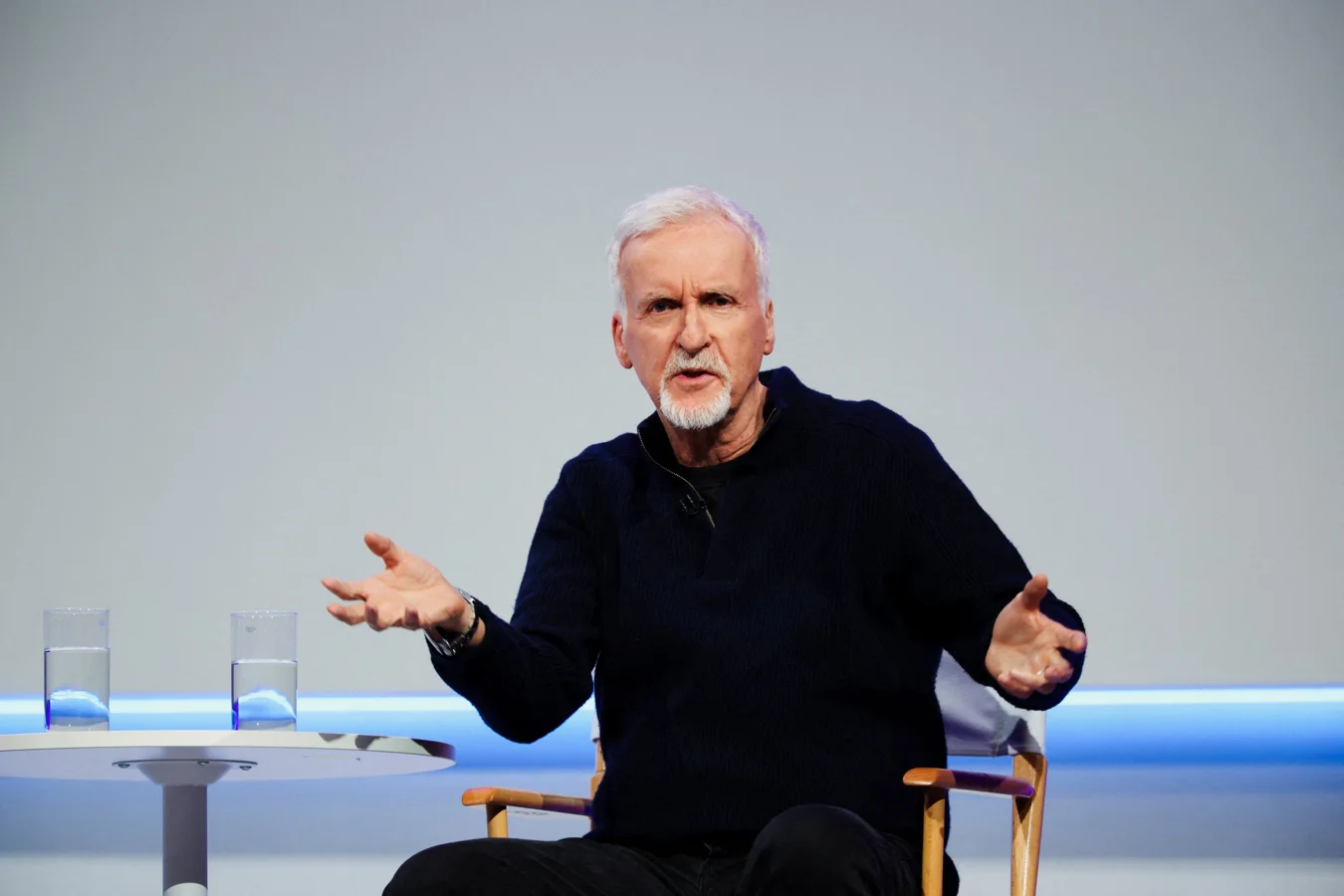James Cameron played an unexpected but crucial part in the making of the 1980 space opera Battle Beyond the Stars, a film often dismissed as a blatant Star Wars copycat. This sci-fi movie, set on the beleaguered planet Akir, follows a desperate mission to gather heroes to defend against a ruthless warlord, and Cameron’s behind-the-scenes work on special effects helped bring this cult classic to life, despite a tight budget.
A Space Adventure Inspired by Classic Cinema
Battle Beyond the Stars unfolds in a far future where humans have become space truckers. The story centers on Shad, a young farm boy tasked with recruiting fighters to save his home from the tyrant Sador, who commands a mutant army known as the Malmori. Shad’s journey across the galaxy aboard a Corsair Star Cruiser named Nell, which has a distinct personality, aims to prevent the destruction of Akir by Sador’s deadly Stellar Convertor weapon.
The film openly wears its inspiration on its sleeve, directly borrowing from Star Wars. The opening shot mimics Star Wars’ iconic starship flyby, with the spacecraft design mixing elements from Leia’s Tantive IV and the pursuing Imperial Star Destroyer. Beyond the Star Wars connection, Battle Beyond the Stars also draws heavily from Akira Kurosawa’s classic Seven Samurai, transplanted into space with the planet Akir itself meant as a nod to Kurosawa. While the homage is clear, the execution falls short of genuine tribute, with critics doubting Kurosawa would have approved.

The film’s narrative borrows from the structure of The Magnificent Seven, itself a remake of Seven Samurai, crafting a space-set hero’s journey. This approach predates similar attempts such as Zack Snyder’s recent Rebel Moon but arguably handles the concept more effectively, capturing a distinct feel despite its flaws.
Driven by Commercial Motives and Produced on a Shoestring
Producer Roger Corman, known for exploiting industry trends, aimed to capitalize on the Star Wars craze with this project. Battle Beyond the Stars reflected Corman’s attempt to produce a sci-fi epic on a budget—reportedly near $2 million, which was then the most expensive production under his banner. However, most of the money went toward paying notable actors George Peppard and Robert Vaughn, leaving limited resources for visual effects and set pieces.
The film’s ambitious special effects relied heavily on the talents of James Cameron, who at this point was a relative newcomer. Despite having to work with minimal funds and mostly makeshift materials, Cameron’s contributions to the production design and effects sequences were vital. His ingenuity turned ordinary items like painted McDonald’s containers into convincing spaceship corridors, showcasing early signs of his creative problem-solving that would later define his career.
James Cameron’s Early Contributions to Sci-Fi Effects
Under director Jimmy T. Murakami, Cameron took on critical responsibilities for the art direction and special effects in Battle Beyond the Stars. By the end of production, he had delivered the majority of the visual effects, developing techniques to stretch the film’s limited budget. This project served as Cameron’s first major career opportunity in the film industry, providing him with hands-on experience creating ambitious visuals from sparse resources.
Though the movie struggles with pacing and urgency, Cameron’s work elevated many of its space sequences, laying a foundation for his future breakthroughs in sci-fi filmmaking. His early ingenuity in turning unconventional materials into realistic effects contributed significantly to the film’s enduring cult status among genre fans.
Over-the-Top Characters and Farcical Sci-Fi Elements
Battle Beyond the Stars is notable for its cartoonish take on future humanity, especially through its cast of colorful characters. George Peppard’s Cowboy is a standout, serving as a caricatured Han Solo figure—a blend of Sean Connery’s charm and Burt Reynolds’ swagger, complete with a scotch dispenser built into his belt. This blend of pulp action hero and wild west outlaw adds a tongue-in-cheek flair to the movie’s tone.
The depiction of the Akir people leans into countercultural stereotypes, presenting them as laid-back and unmotivated “hippies,” despite claims that their true wealth lies in culture. The film offers little evidence of this cultural richness, instead showing the Akir mostly avoiding effort amid their ongoing crisis. The future Earth is represented solely by Cowboy, suggesting humanity has not changed much except for the invention of convenient portable alcohol dispensers, a humorous imagining of the future that contrasts with the film’s otherwise grim stakes.
Battle Beyond the Stars also pushes physical exaggerations in its visual style. Actress Sybil Danning’s presence and the animated personality of Nell, the ship, add to the film’s eccentric and sometimes absurd aesthetic. Although the tone may feel uneven, these choices contribute to the film’s unique, if oddball, charm.
A Vision of Humanity and Technology in a Strange Future
While the human characters seem to persist in familiar roles and behaviors, the technology within Battle Beyond the Stars is reimagined with flair. Nell the spacecraft’s sass and quirky personality can be seen as an early example of the “talking vehicle” trope in science fiction, predating similar characters in later films like Flight of the Navigator. The idea that space might be tamed into a wild west frontier is central to the film’s theme but fails to fully convince viewers with its execution.
Despite its shortcomings, the movie offers a hopeful fantasy of adventure beyond our solar system, inviting audiences to imagine exploring the stars in a way that feels bigger and more exciting than George Lucas’ Star Wars. For those seeking a strange but memorable sci-fi romp, Battle Beyond the Stars offers a curious glimpse into both the ambitions and limitations of early 1980s space cinema, with James Cameron’s behind-the-scenes role cementing it as an important stepping stone in sci-fi filmmaking history.
“If you liked any of the movie’s space sequences or special effects, you can thank James Cameron.”
– Joshua Tyler, Author
